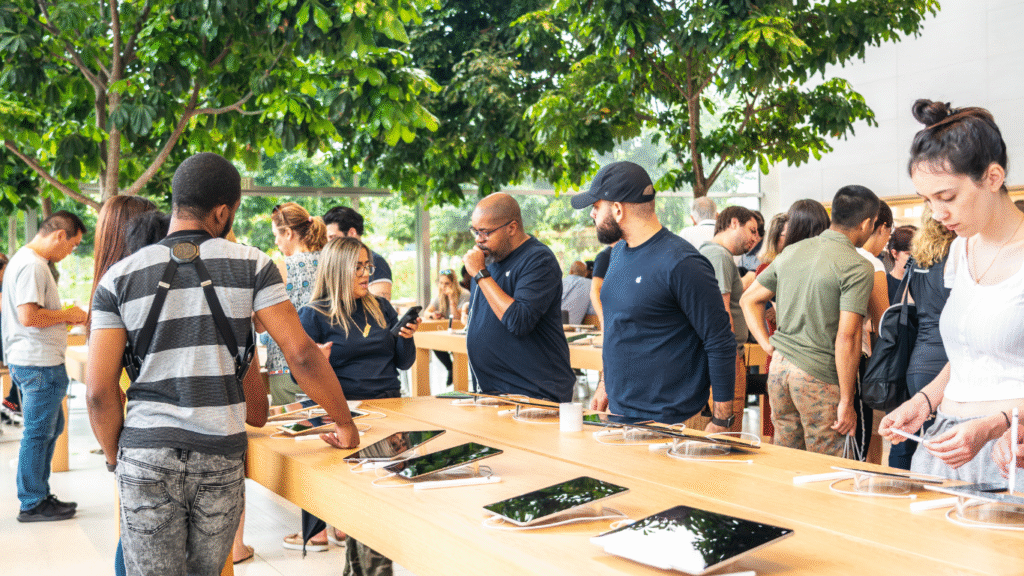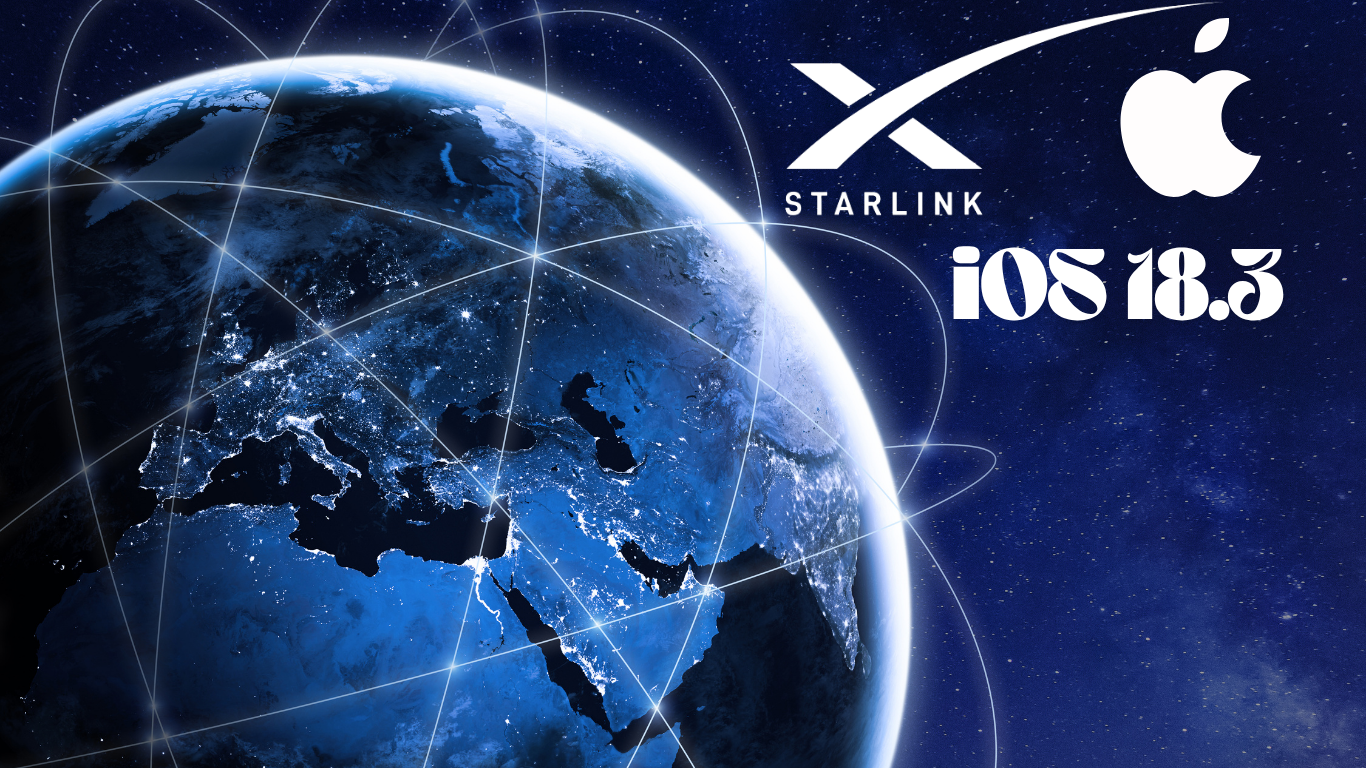Imagine being able to send a message even when you are stuck in the middle of nowhere—no mobile signal, no Wi-Fi, just your iPhone and the sky above you. Sounds futuristic, right? Well, that future is arriving sooner than you think.
Apple has teamed up with SpaceX and T-Mobile to bring Starlink satellite connectivity to iPhones through the upcoming iOS 18.3 update. Yes, we are talking about sending texts via satellites, not cell towers.
Here is what this means in plain English: Your iPhone will soon be able to send text messages using Starlink’s direct-to-cell satellite technology, even if there is no mobile network around. Whether you are hiking deep in the forest, stuck on a remote road trip, or caught in a natural disaster where cell towers are down, you will still be able to stay in touch.
How Does It Work?
Starlink, a part of SpaceX, has a network of satellites in space that provides internet service. Normally, Starlink requires a dish setup to connect, but now they have developed a new direct-to-cell system. That means your phone can talk directly to a satellite in the sky without needing any special equipment.
This update is coming first to iPhone 14 and newer models for users on T-Mobile in the U.S., and it starts with text messaging support. This new texting feature will be rolled out as part of Apple’s iOS 18.3 update. The whole idea builds on earlier tests done with Android phones and only became possible after getting the green light from the FCC (Federal Communications Commission) in late 2024.
So far, it is in beta—meaning it is still being tested with a smaller group of users. But once Apple and its partners iron out the details, you can expect wider access. Future versions of this service are expected to include voice calling and full internet access over satellites.
Why Is This a Big Deal?
This update is more than just a cool tech trick. It is a massive improvement in how we stay connected, especially during emergencies.
Here are a few situations where Starlink’s new feature can make a real difference:
- You are camping or trekking in a remote area where there is no mobile signal.
- You are in a rural town with poor cellular coverage.
- A storm or natural disaster knocks out the local cell towers.
In all these cases, as long as the sky is clear enough for the satellite signal to reach your phone, you will be able to send a message—no mobile network needed.
And you will not need to download a new app or buy a new gadget. If you have got an iPhone 14 or later, and you update to iOS 18.3, you are good to go.

What Will It Cost?
Apple has not officially announced pricing for this service yet, but since it is rolling out with T-Mobile, it is likely to be included in some T-Mobile plans—at least for basic messaging. Some features, like satellite calls or internet, may become premium services later.
Still, the ability to text from a dead zone—where there is no signal—is such a powerful tool that many people would gladly pay a small fee for peace of mind.
What’s Coming Next?
While iOS 18.3 will focus on messaging, Apple and Starlink plan to expand features over time. Their next steps may include:
- Making voice calls over satellite.
- Allowing you to use data (internet access) without mobile towers.
- Supporting other carriers beyond T-Mobile.
As more satellites with this new direct-to-cell capability go live, and as Apple and SpaceX continue to work together, the service will likely improve and become more widespread.
This also opens the door for other tech companies to offer similar satellite connectivity. In fact, we might be entering a new era where mobile phones no longer rely solely on traditional towers, especially in areas where building towers is not practical.
Real-World Impact
Let us say you are caught in a hurricane and all cell towers are down. With satellite texting on your iPhone, you could still send an emergency message to your family, or even alert rescue services. That kind of connectivity can literally save lives.
It also changes the game for travellers, adventurers, and people who live in rural or remote regions. You will not need to worry as much about being cut off just because you are out of network coverage.

The Bottom Line
With iOS 18.3, Apple is taking a giant step forward by bringing Starlink satellite connectivity to iPhones. It starts with text messaging, but the future holds much more—voice, data, and complete independence from traditional cell towers.
This innovation could change how we think about mobile networks forever. In the near future, we may never again see the words “No Service” at the top of our phone screens.
So, if you have an iPhone 14 or newer and you are on T-Mobile, keep an eye out for the iOS 18.3 update. The sky (literally) is no longer the limit.



